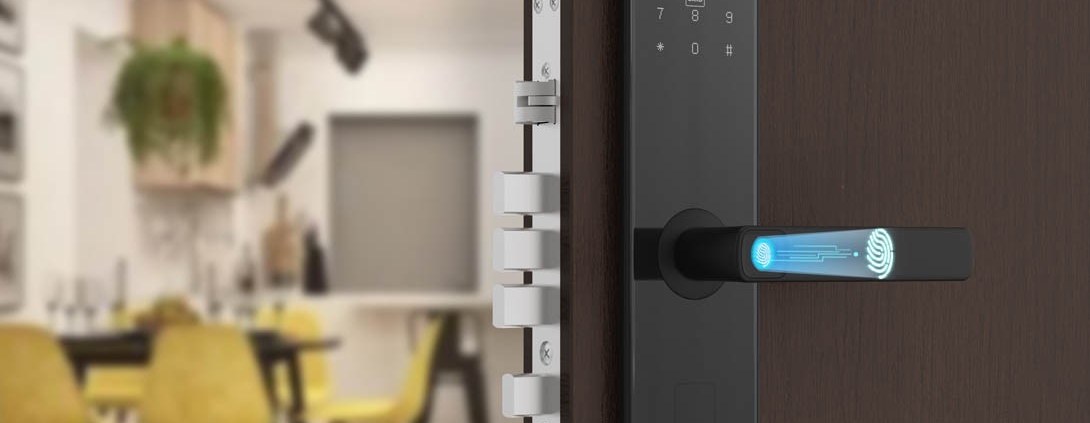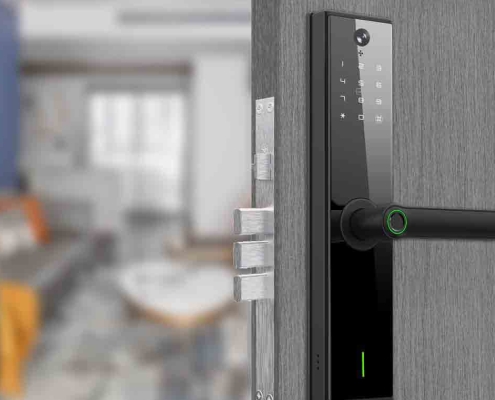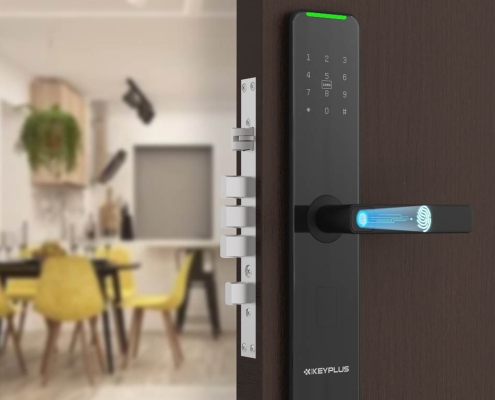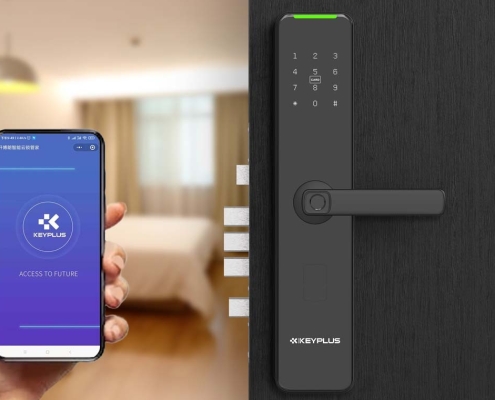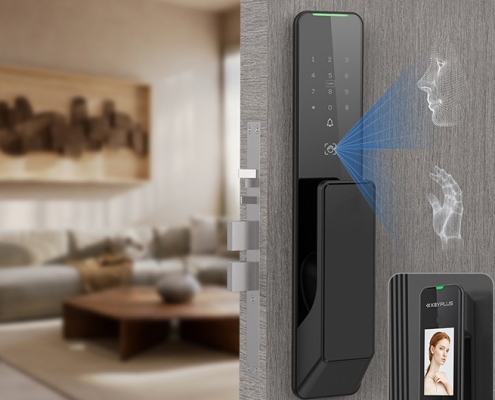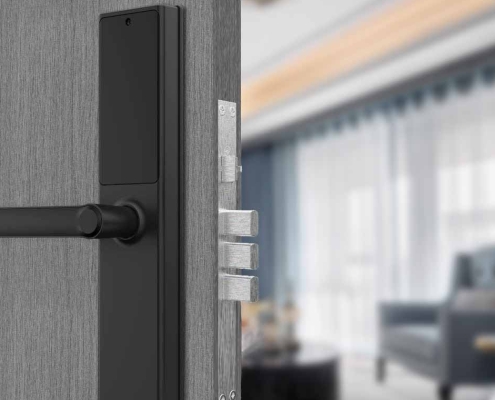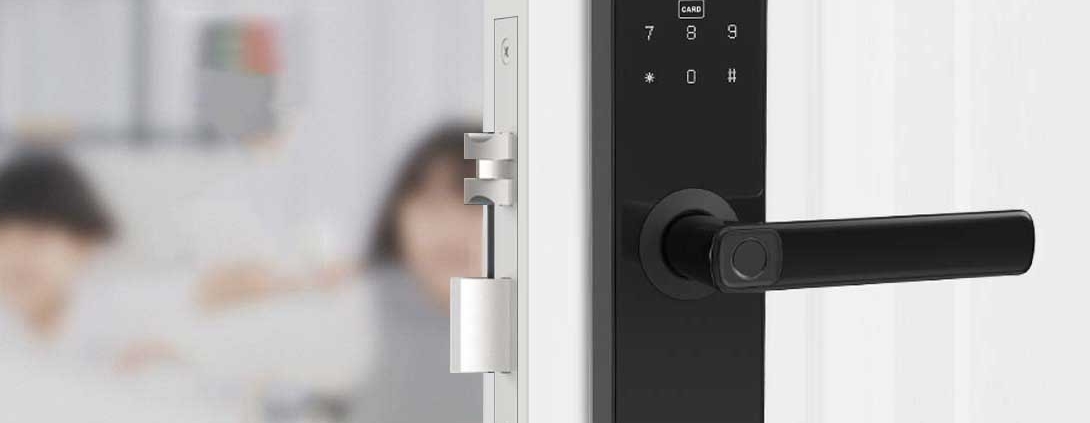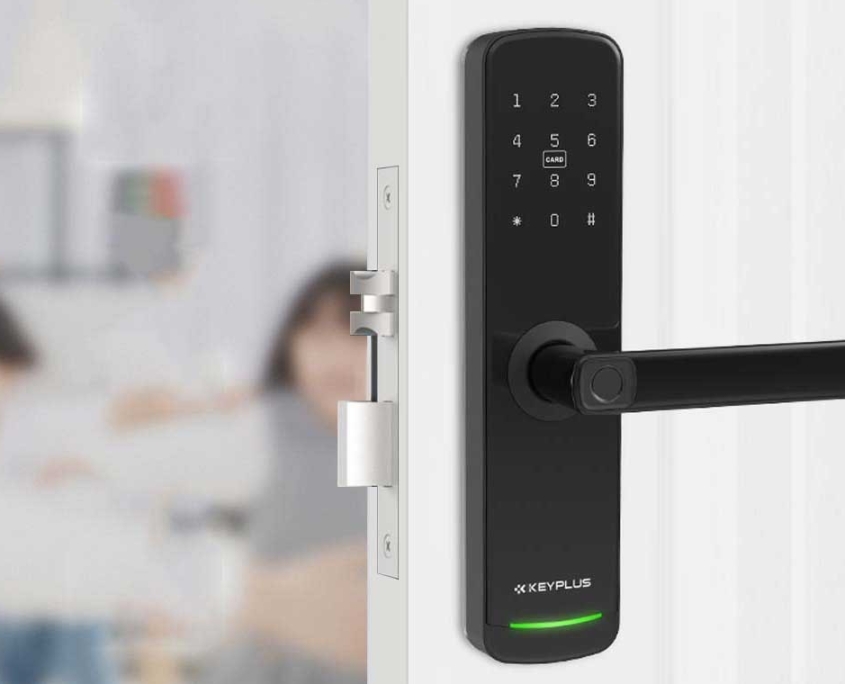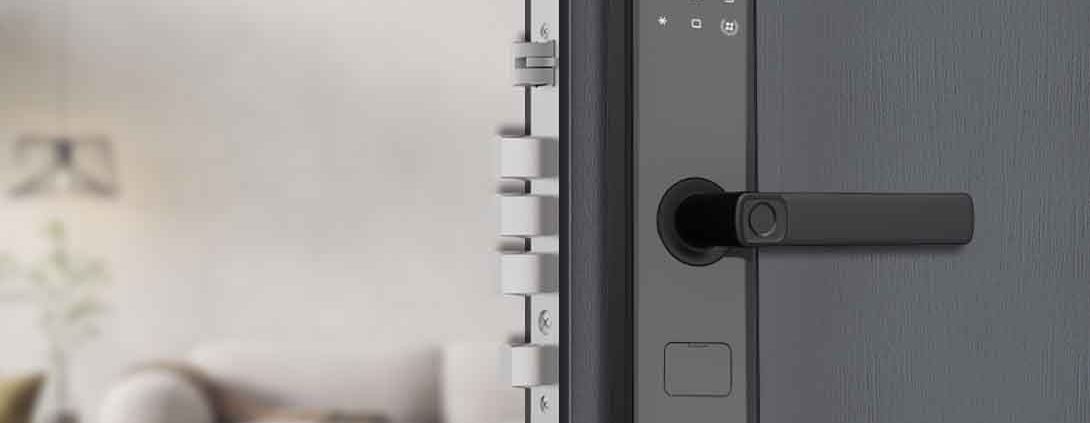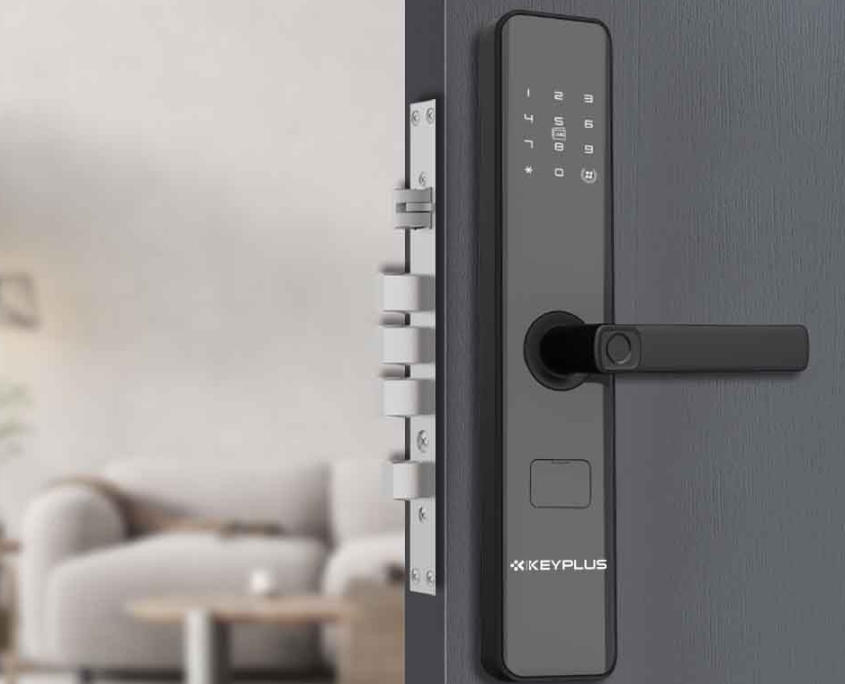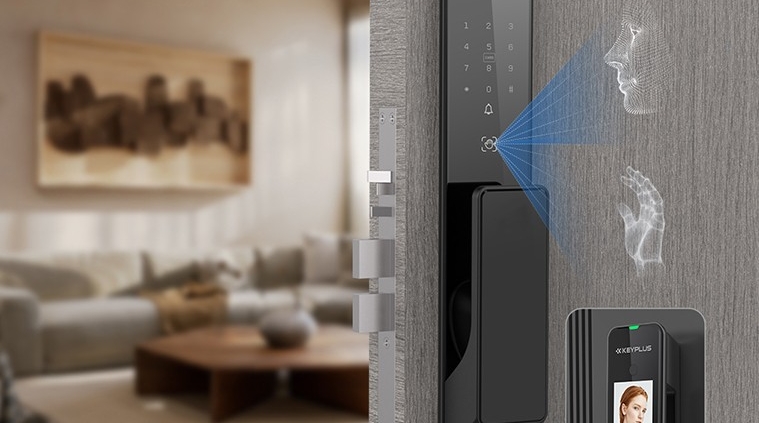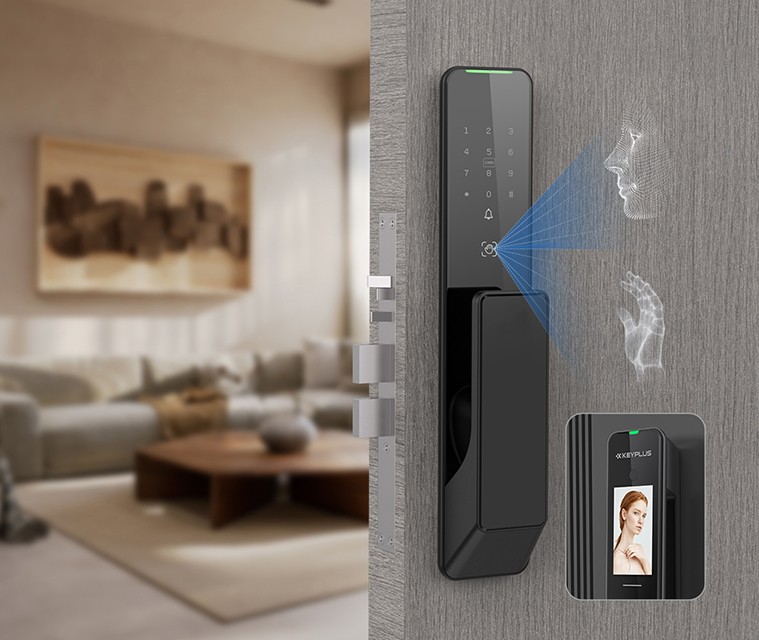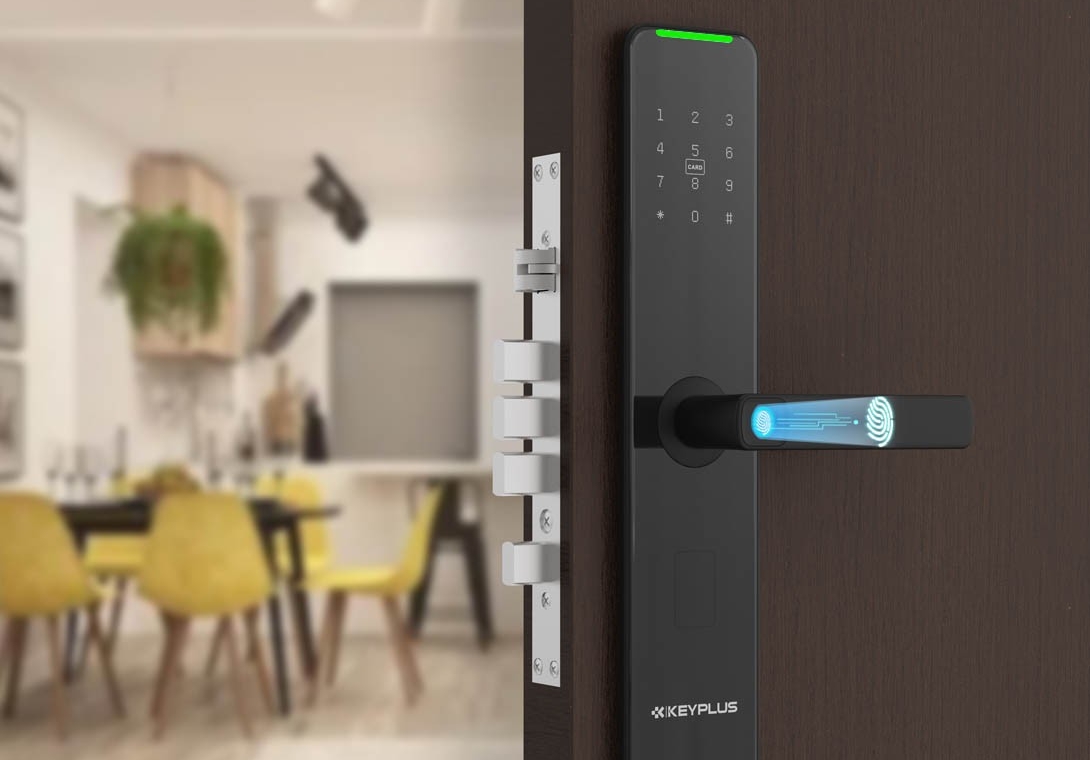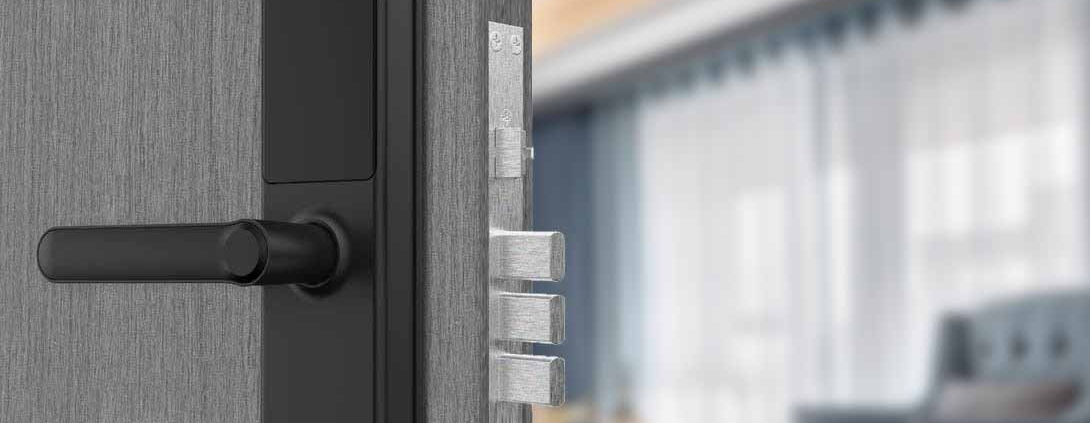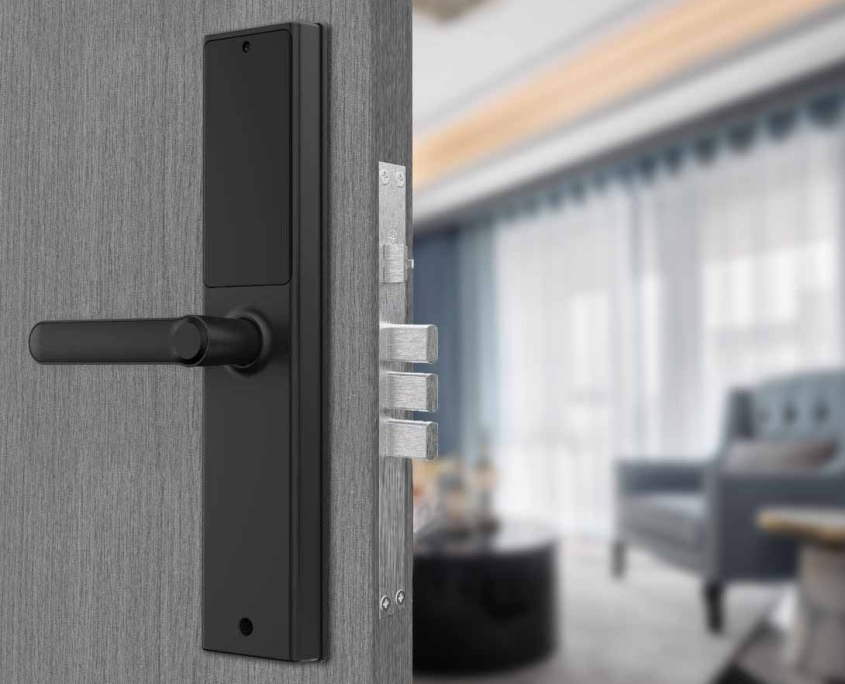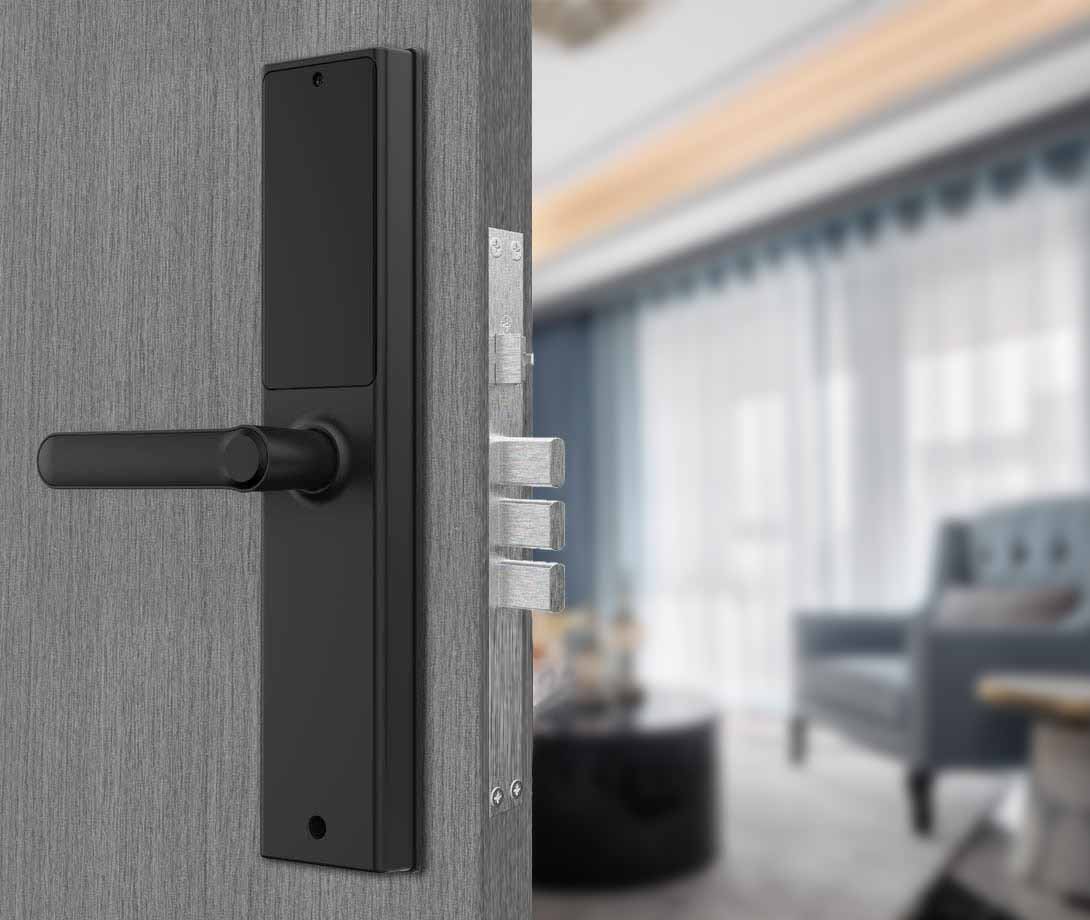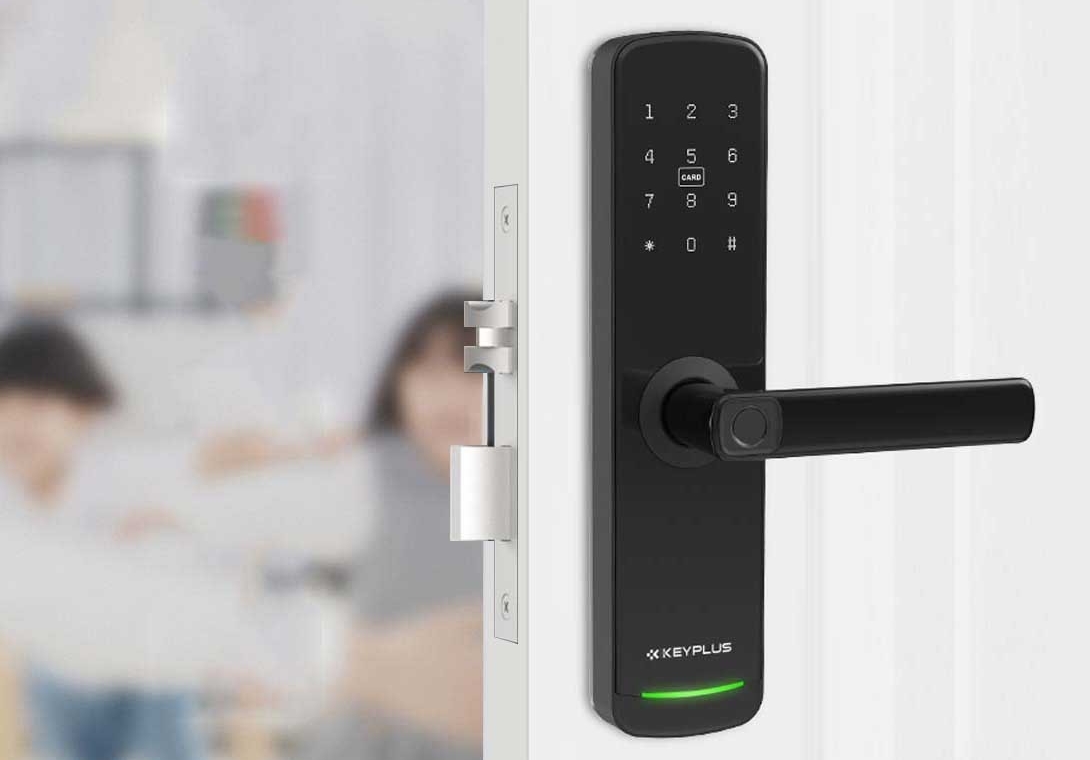When it comes to securing your home, the choice between a traditional key lock and a modern fingerprint lock can be confusing. Both have advantages and drawbacks, depending on your needs for security, convenience, and technology.
This guide breaks down the key differences between these two types of locks, helping you decide which is best for your home.
1. How They Work: Mechanical vs. Biometric Access
Key Locks (Traditional Mechanical Locks)
Key locks have been used for centuries and rely on physical keys to unlock doors. Here’s how they function:
-
A metal key is inserted into the lock.
-
The key’s ridges align with tumblers or pins inside the lock.
-
When the correct key is turned, the mechanism releases, allowing the door to open.
Common types of key locks:
-
Deadbolts (single-cylinder or double-cylinder).
-
Knob locks (common in residential doors).
-
Mortise locks (higher-security, often used in commercial buildings).
Fingerprint Locks (Biometric Smart Locks)
Fingerprint locks use biometric technology to grant access. Here’s how they work:
-
A fingerprint scanner reads the unique ridges of a registered finger.
-
The system compares the scan to stored authorized fingerprints.
-
If there’s a match, the lock disengages automatically.
Additional access methods (in many models):
-
PIN codes (backup digital entry).
-
RFID cards/key fobs (tap-to-unlock).
-
Smartphone app control (remote access via Bluetooth/Wi-Fi).
2. Security Comparison: Which Is Safer?
Strengths of Key Locks
Proven reliability – No power or tech failures.
No hacking risk – Physical keys can’t be digitally breached.
Simple mechanism – Fewer points of failure than electronic locks.
Weaknesses of Key Locks
Keys can be lost, stolen, or copied – Duplicates can be made without your knowledge.
Lock picking & bumping risks – Skilled burglars can pick traditional locks.
No access logs – You can’t track who entered or when.
Strengths of Fingerprint Locks
No physical keys needed – Eliminates the risk of lost or stolen keys.
Unique biometric access – Hard to fake fingerprints (with anti-spoofing tech).
Access logs & alerts – Some models notify you of entry attempts.
Remote control – Some allow temporary access for guests.
Weaknesses of Fingerprint Locks
Potential fingerprint spoofing – High-quality fake fingerprints can sometimes trick scanners.
Power dependency – Dead batteries can lock you out (unless there’s a backup).
✖Cybersecurity risks – Wi-Fi/Bluetooth models may be vulnerable to hacking.
3. Convenience & Ease of Use
Key Locks: Simple but Limited
-
Pros:
-
No batteries or tech setup required.
-
Works in all weather conditions.
-
-
Cons:
-
Carrying keys can be inconvenient.
-
Risk of lockouts if keys are lost.
-
Fingerprint Locks: High-Tech Convenience
-
Pros:
-
No need to carry keys—just use your finger.
-
Faster entry (no fumbling for keys).
-
Can integrate with smart home systems.
-
-
Cons:
-
May struggle with wet/dirty fingers.
-
Requires occasional battery changes.
-

4. Cost & Installation Differences
| Feature | Key Lock | Fingerprint Lock |
|---|---|---|
| Initial Cost | $20 – $150 | $100 – $500+ |
| Installation | Easy (DIY or locksmith) | May require professional setup |
| Maintenance | Minimal (occasional lubrication) | Battery changes, firmware updates |
| Lifespan | Decades (if well-maintained) | 5–10 years (tech may become outdated) |
Key Takeaway:
-
Key locks are cheaper and easier to install but lack advanced features.
-
Fingerprint locks cost more but offer greater convenience and smart features.
5. Which One Should You Choose?
When a Key Lock Is Better:
You prefer low-cost, low-maintenance security.
You don’t want to worry about batteries or tech failures.
You live in a low-crime area where high-tech security isn’t necessary.
When a Fingerprint Lock Is Better:
You want keyless convenience (no lost keys).
You like smart features (access logs, remote control).
You prioritize modern security with biometric protection.
Hybrid Option: Best of Both Worlds
Some homeowners install both—a fingerprint lock for daily use and a high-security deadbolt as a backup.
Final Verdict: Key Lock vs. Fingerprint Lock
| Factor | Key Lock Wins | Fingerprint Lock Wins |
|---|---|---|
| Cost | ✔ Cheaper | ✖ More expensive |
| Security | ✖ Vulnerable to picking | ✔ Harder to bypass |
| Convenience | ✖ Need to carry keys | ✔ Touch-to-open access |
| Tech Features | ✖ None | ✔ Smart home integration |
Conclusion:
-
Choose a key lock if you want simple, reliable, and low-cost security.
-
Choose a fingerprint lock if you prefer keyless convenience and smart technology.
Would you switch to a fingerprint lock, or do you prefer traditional keys? Let us know in the comments!

